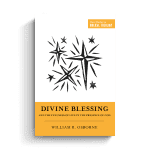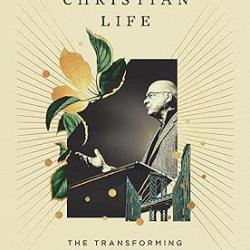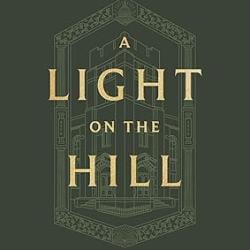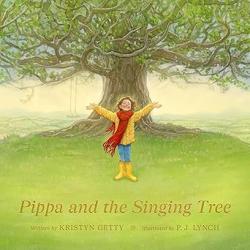This post is part of a series walking through the second volume of Abraham Kuyper’s Common Grace.
In the previous post Kuyper continued his discussion of the Roman Catholic and Anabaptist views of the relationship between the world and grace. In today’s chapter Kuyper continues his discussion by pointing out that up through the Reformation, the world/secular-church/holy division persisted. Monks dwelt at the peak of the ‘holy’ side of the equation, only coming in below canonized saints. This perspective then lays the groundwork, in Kuyper’s view, for the views of the Anabaptists.
The Anabaptists found themselves stuck in this dualism
“and changed it only to the extent required by their altered view of the church. From the outset they harbored two kinds of impulses that, depending on their differing instincts, conducted a very different opposition to the church: they either protested against the church from a desire to be free of the clergy, or they separated from the church out of an aversion to its externalization of the sacred.” (86)
In other words, Anabaptists can be divided into those who pursue freedom and those who pursue internal piety. Both, however, move the action of making something ‘holy’ from the church (which was the Roman Catholic view) to a direct, internal action of the Holy Spirit. The consequence is that “new creation” replaces “re-creation”, at times to the point of denying Christ’s humanity.
So for the Anabaptist, the believer is internally new with no ‘organic connection’ between this world and grace. Hence the powerful push towards avoidance of the world. No service in government, no need for formal politics among the saints, no oaths are to be taken by believers, no fighting or service in the military, are just a handful of the results of the Anabaptist position. All worldly politics and life are restraints on sin, such things are not necessary for believers. (For this last point, Kuyper is too sweeping in his conclusion–some Anabaptists certainly thought that, but not all of them.) Some Anabaptists even end as antinomians, rejecting completely the role of the Law in the life of the believer.
The result of these views was all manner of immorality. Even the visible church was at times given the boot, with gatherings of believers being merely leaderless assemblies of the regenerate led by the Holy Spirit. Another result was the idea that only their baptism counted, thus negating the views of other varieties of believers. All of this was done in the name of Scripture.
By contrast:
- All of Scripture requires an “analogia fidei–that is, the norm of the confession of faith” (90)
- The Anabaptists had imparted Roman Catholic theology and division of the world rather than holding to Scripture.
Attempts to correct these views have failed. At least the Roman Catholic Church has its ecclesiology as a fail-safe, keeping it in check. The Anabaptists don’t even have that, though they do have robust personal pursuits of holiness. Nevertheless, their view of confession, church, and public life has been a net loss. This makes them susceptible to modernism and the temptations of modern life.
To bring all of this back to the consecrated vs. unconsecrated discussion (soil, water, oil, vestments, etc), why shouldn’t we accept symbolism while resisting superstitution?
To help us think through this: first, we must reject any ideas of ‘magical powers.’ (91-92) Second, Scripture speaks of blessing and curse. While this is a mystery, we get the point that it is the difference between God’s favor and God’s judgment, between life and death. So we can side with God or resist Him. This is true in all things–though we do not assume that any ‘individual matter’ is a sign of curse or blessing, but rather that the whole of life now and in other generations must be examined. You and I may or may not deserve the lottery we win or the disease we catch, but we can look at the big picture and see how blessing and curse are generally moving.
Again, the question is whether all of this discussion applies to the physical world and to the spiritual world? Or only to the spiritual world? The Anabaptist says that we restrict the language of blessing and curse to the spiritual world alone. But in doing so the Anabaptist also necessarily denies the union of body and soul–including all of the Biblical symbolism that goes along with it. For example, when Adam was cursed it was a curse that affected his (and our) body and soul alike–the physical and spiritual world were both involved. Likewise communion is both a physical and spiritual activity. Not that the elements are transubstantiated or anything like that (again, see above on resisting magical powers). But that there is a physical element and a spiritual element to the activity.
More on this discussion in the next post.
Dr. Coyle Neal is co-host of the City of Man Podcast and an Associate Professor of Political Science at Southwest Baptist University in Bolivar, MO












